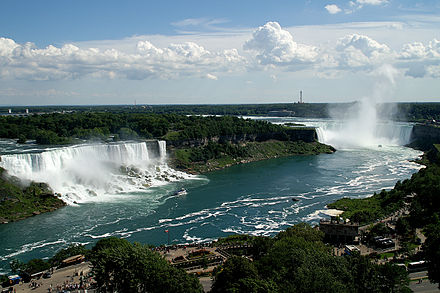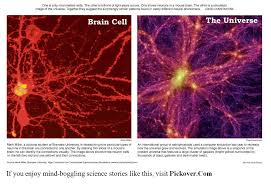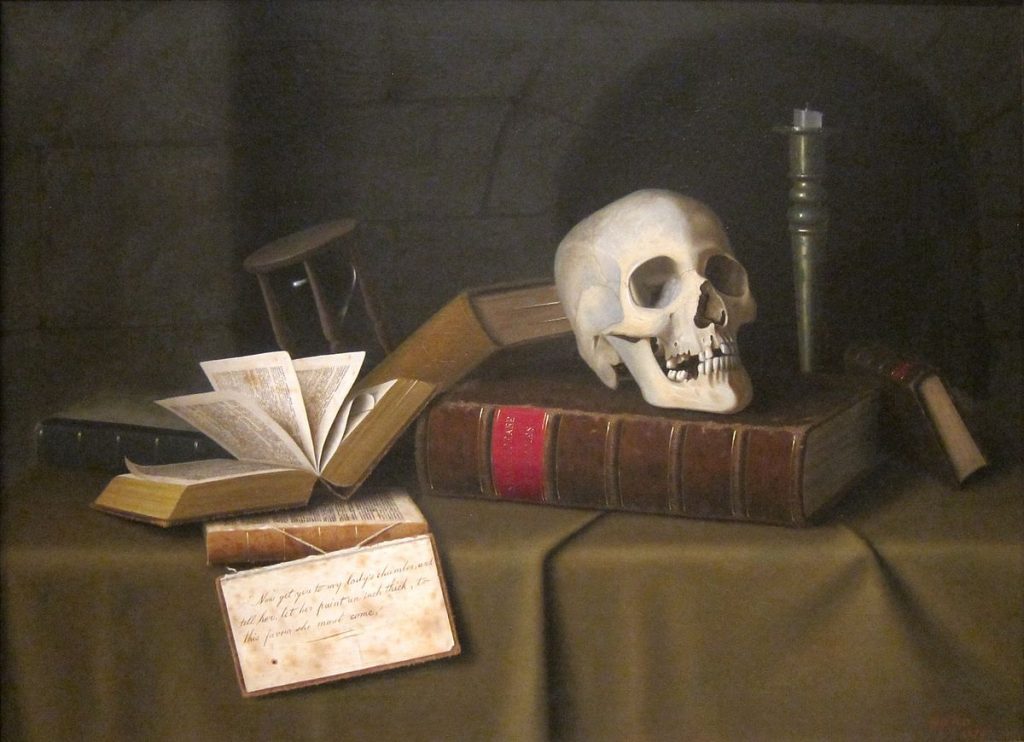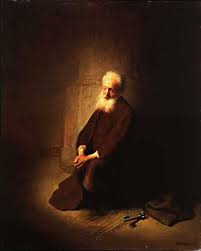Transcending the Ego
(How to see the funny side of the most sublime trickster of all)
Our challenge:
Smile: words, thoughts. This discussion begins with the admission that we attempting to contemplate the impossible. Here we are using words to communicate and words are just a form of thoughts. Yet whatever we think and say is shaped by an element of our psyche called the ego and it can play a potent role in determining what we think and say about it. So perhaps the first thing we can agree on is that we don’t really know what we are talking about and it could well be the ego is misinforming us of this probable fact. So tricky.
This conundrum reminds us that existence involves paradox and any statement about existence, including paradox, apparently contradicts itself and yet it might be true.

The thought process hits an intractable block when confronted with contradiction because it cannot embrace two contrary elements simultaneously and can only flit between them.
We can respond by getting frustrated and thinking about it till our brain hurts and goes numb. Or we can enjoy the humour of our situation and have fun observing the antics of our thought process as it goes in giddy circles trying and failing to make sense of paradox.
If we observe our condition with compassion, then it soon becomes apparent that thought is vital, limited of nature and just a trace element of our psyche.
And here’s the paradox – by embracing the limitations of thoughts, including words, we are better able to transcend those limitations. Smile. The psyche may not be able to think paradox but it can experience it. So perhaps it is opportune for the question to arise: how might this liberation occur?
The power of inquiry
Perhaps a useful step towards defining the ego is to acknowledge the ego is paradox: The ego knows all; the ego knows nothing. Inherent in the act of knowing is the awareness of the unknown.
The ego is trapped in the paradox that insight and ignorance are of each other. So it tends to deny the reality of continuous change by insisting it is the answer to all questions. It tends to be exclusive and reclusive rather than inclusive and inquiring.
So, as a means of engaging the fuller powers of the human psyche, let us observe how asking an open question causes a shift in our sensibility. For instance, feel what happens when we compare these illustrations of a brain cell and the universe.

What? Could it be brain cells and the universe are in some way reflected in each other? How? Why? Suddenly our spirit is liberated and livened in a sense of enhanced possibilities. Such is the power of inquiry.
Let us assume that one of those possibilities is the following understanding of the ego in the psyche:
The human ego is the active interface of our massive subliminal sentience comprising more than 50 billion interactions in any moment and our trace self-awareness in that instant. The latter consists of sentience of perhaps two or three thousand interactions that are mainly manifest as emotions, body sensations and thoughts.
Advaita and Dvaita philosophy defines the eo more generally:
“It is the spontaneous identity of an individual to represent (itself).” Some believe this is a characteristic of all living beings. Its ephemeral nature reflects our experience of change.
To the extent these understandings of the ego are true, then the ego can thus be seen to play a pivotal role in human affairs because it is in a position of enormous leverage. The ego has an incredible, ingenious capacity for creating all manner of rationales, including the denial of reality.
The ego’s ingenuity arises from the fact it can overlay our thought potential with a complex array of emotions, some of which are generated at a very primal level.
Its capacity is incredible because our thought process is but a trace element of our psyche. We cannot contemplate all myriad permutations of our emotions and thoughts that the ego is capable of.
Mortal Fear

A characteristic of the human ego is that it tends to abhor notions of mortality i.e. it tends to deny reality, which is the continuous universal change or transformation. It also tends to deny notions of stewardship because inherent in caring are reminders of the finite nature of all forms amidst the flux.
Ultimately the embracing of change/stewardship generates a transcendent state of being. In this state a form of life actively directs its affairs so it remains in harmony with the universal flows and balances.
This state on oneness is akin to death for the ego because it is born of schism. It arises from the fragmentation of our sentience – the fact that in the instant of self-knowledge we are separated from all. In that moment we begin to simultaneously experience the states of science* and non-science*. Smile. Yes, self-awareness is another paradox of existence.
(* Science of Hope page not yet created)
Imagining the Ego
This is an exercise in observing the invisible. Words, maps, paintings, photos…whatever tangible way we symbolize the ego is determined by the ego. And here we encounter another paradox: the ego craves recognition even as it abhors scrutiny.
Observe what happens when we imagine the psyche as a triangle in which the very tip of the apex is labelled “conscious thought”, the remaining 99.9999…% of the triangle is labelled “subliminal sentience” and the interface of these two regions is labelled “the ego”.
Observe how the mind instantly fills with a picture of this triangle. This is a valuable reminder of the way the mind seamlessly integrates all manner of symbols – including words and illustrations. Now observe how difficult it is now to cease imaging the triangle of the psyche.
Is this triangle just an unhelpful image of the ego? Almost certainly. Why? For a start it is probable that straight lines exist in only one place in the universe and that is the human mind. Smile.

The straight line is a static construct, a very crude, exclusive, and rigid reflection of reality. This is consistent with the limited behaviour of the ego. Even the straight lines of this text, the web page and the computer screen will be limiting our ability to reflect reality in some ways.
The truth is the universe, including our psyche with its change-denying ego, is continuous, subtle change.
Sages have for millennia advised that the experience of transcendence can be achieved by employing practices that still the thought process, or if you prefer, quiet the mental chatter. In the stillness we are more able to experience the greater sentience of the human psyche of the universal dynamic change.
Compassionate for the human condition and mindful of the ego’s propensity to create images in any lapse in transcendence, sages have portrayed conscious thought as the trace glint on a wave of the vast, dynamic ocean of subliminal awareness.
The ego is ever present in such portrayals and it still not apparent. It is neither the sun nor the ocean nor the wave nor the sparkle in this metaphor of the human psyche. It exists in the interface of the sun, ocean, wave and sparkle and yet remains tantalizingly invisible.
Smile. Thinking about this paradox makes our head hurt and our finger hover over the delete button.
And we have all experienced the paradox that the mere movement of our head or the touch of our finger on the wave alters the dance of the sparkles. Observing alters the observed; the observed alters the observing. This is truly baffling to think about. Smile.
Transcendence in True Hope
(Observe the invisible; the visible is revealed)
So how can we transcend all these paradox to know and embrace the ego?
The answer may reside in simple physics
Astrophysicists use inference to, for instance, detect and comprehend concentrations of matter so dense that not even light can pass out from that region of outer space. They observe and learn from the physics of the behaviour of adjacent visible matter.

We daily use this skill of learning from what a thing is not yet we are rarely aware of it. Those trained in drawing know it as “chiaroscuro” and “drawing negative space”. See Rembrandt’s painting of St Peter.
Something is revealed in what it is not. As an ancient proverb reminds us, “Silence is also speech”. And as Menander of Athens said, “Nothing is more useful than silence.”
Its role as the active intermediary in our psyche means the ego is all about communication and our use of symbols, which involves the paradox of language: our use of a symbol simultaneously reflects and generates our state of being. Smile. However we can use inference, as astrophysicists do with galactic worlds and particle physicists do with the inner world of the atom. We can know and embrace the role of the invisible ego in the inner world of our psyche by inferring its nature from its impact on our use of language.
In brief: we can learn from the physics of our symbol use and when learning is performed in compassion we are liberated in true hope. The act of embracing the self-deceit and trickery of the ego releases us in greater sustaining potential. Also the act of identifying the tricks of ego and marvelling at their incredible ingenuity becomes a great source of fun.
